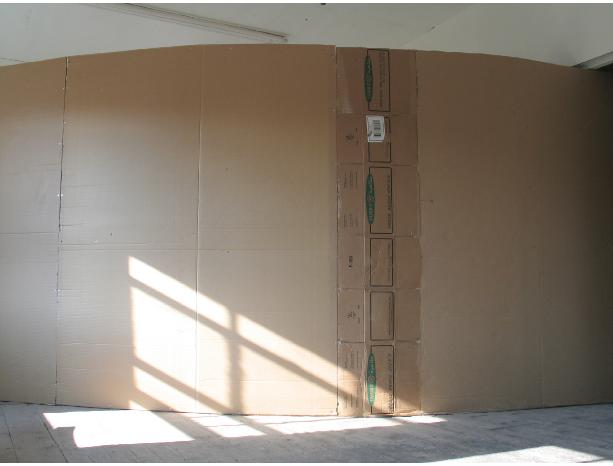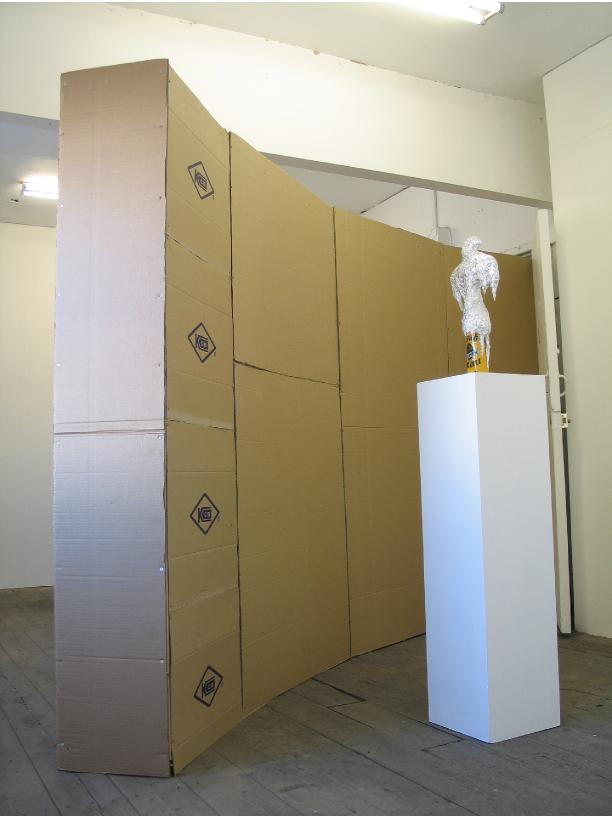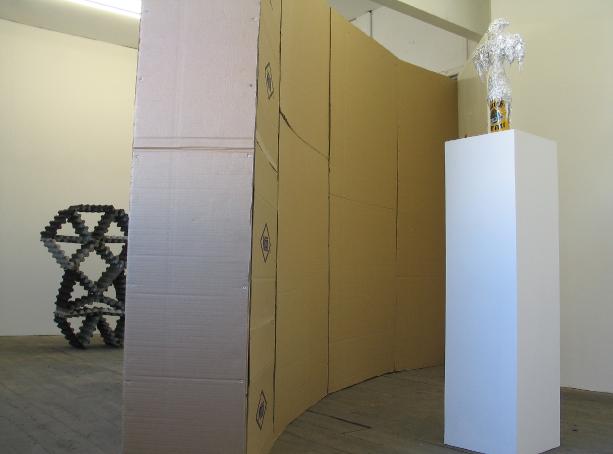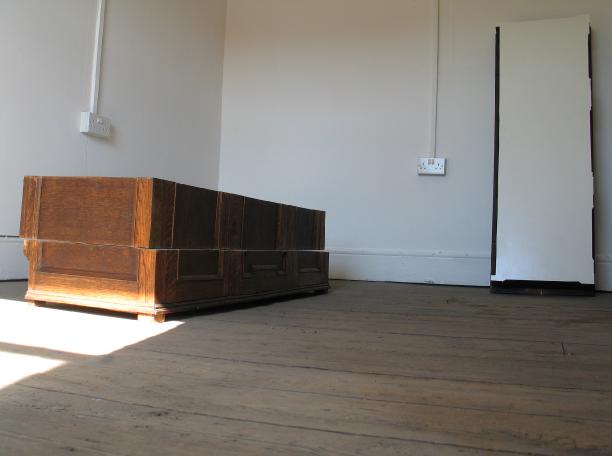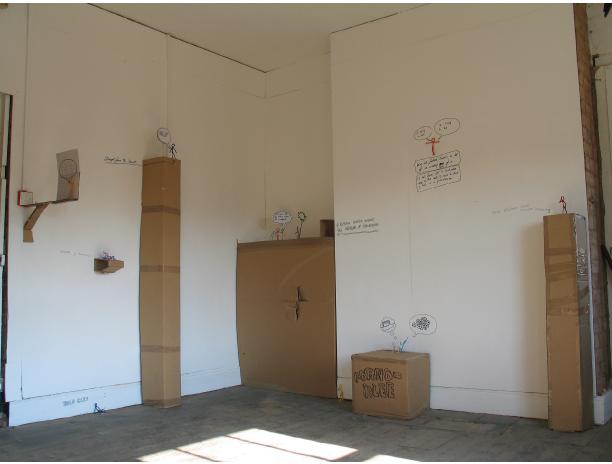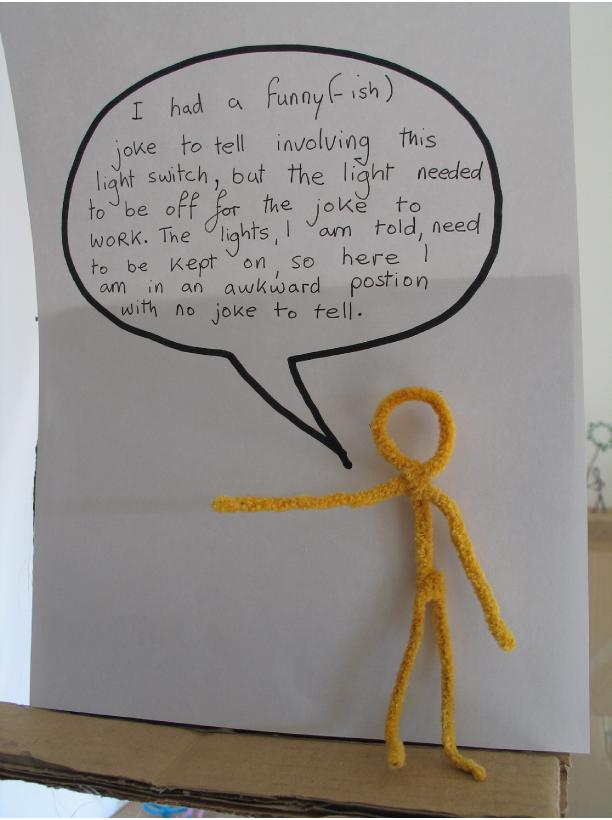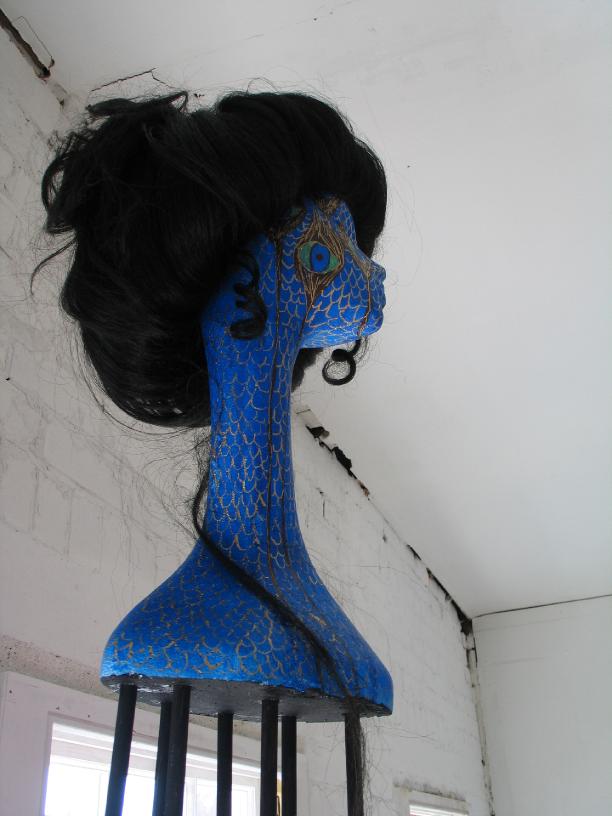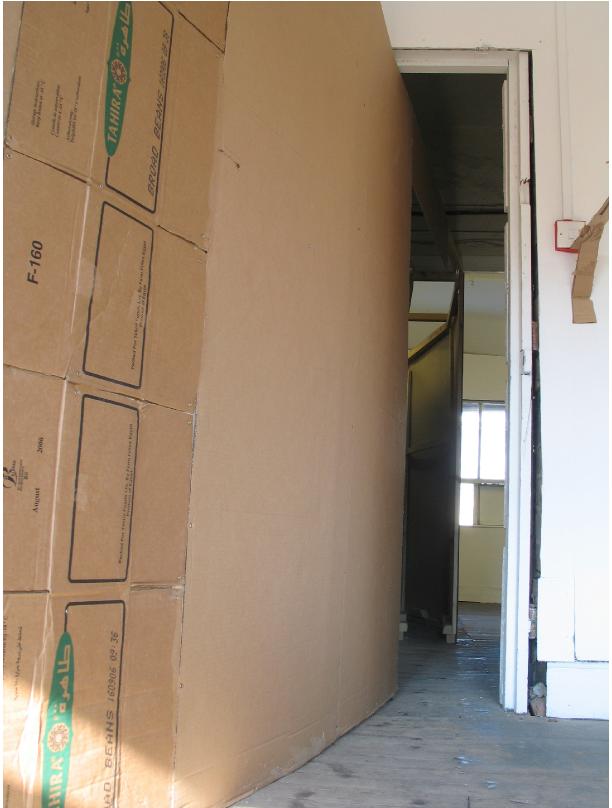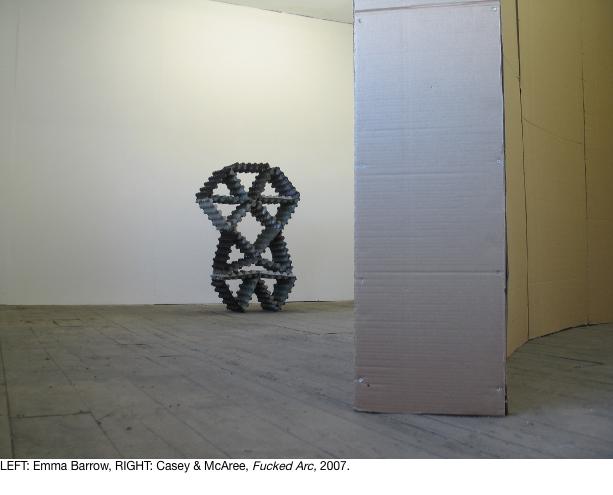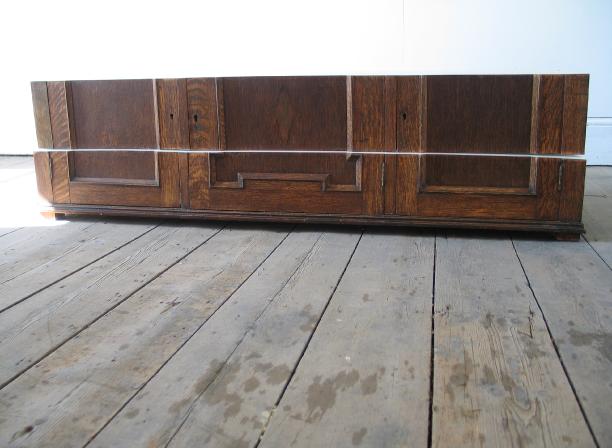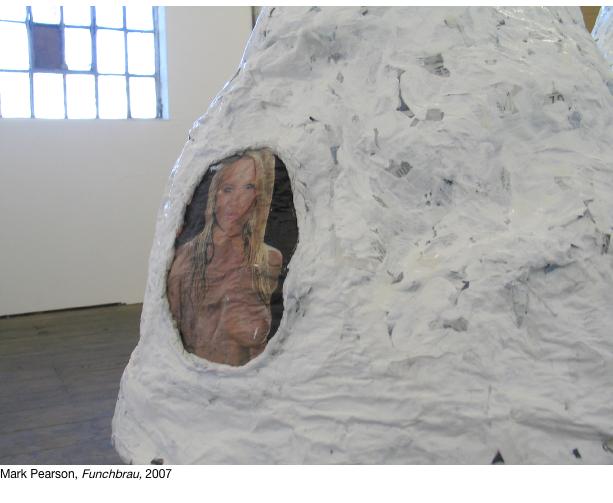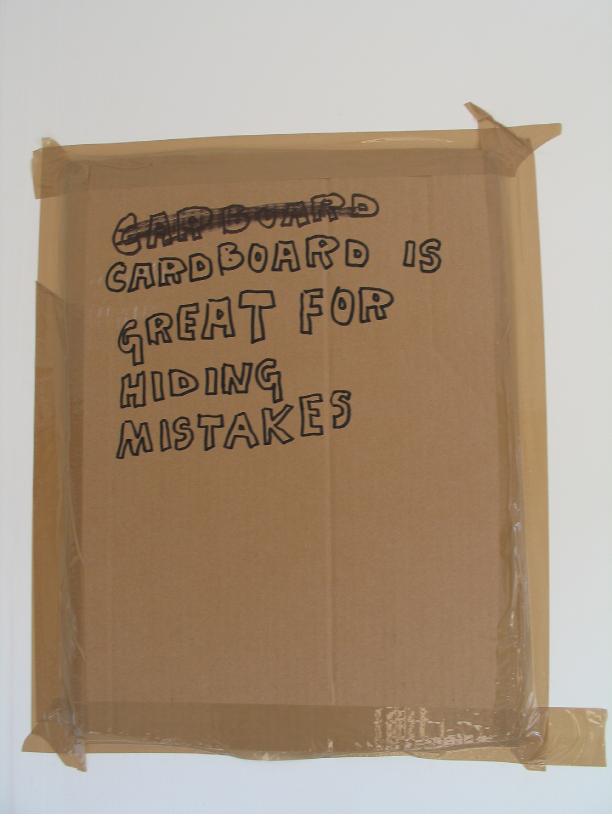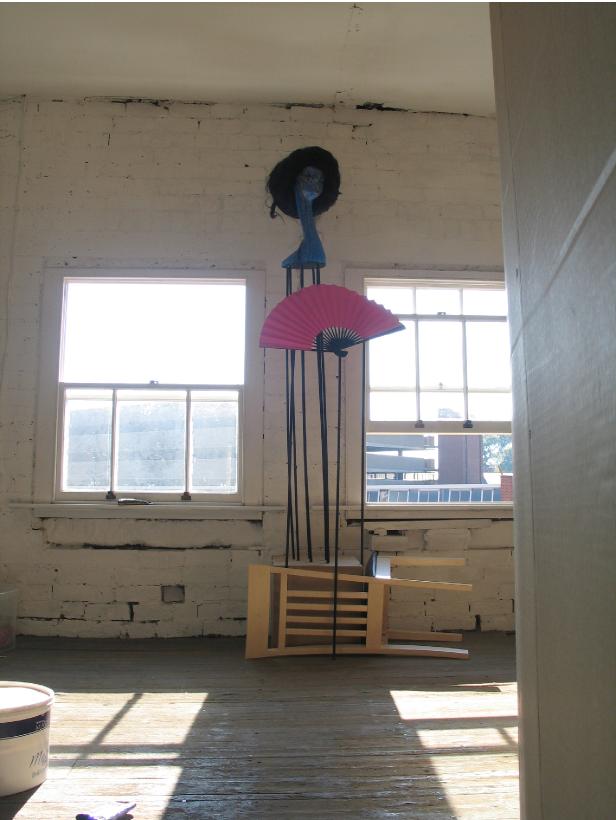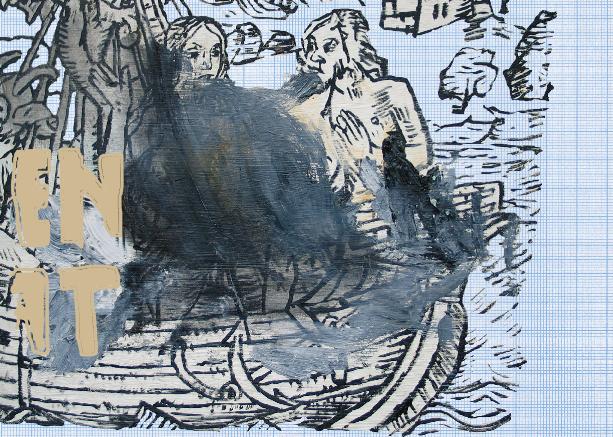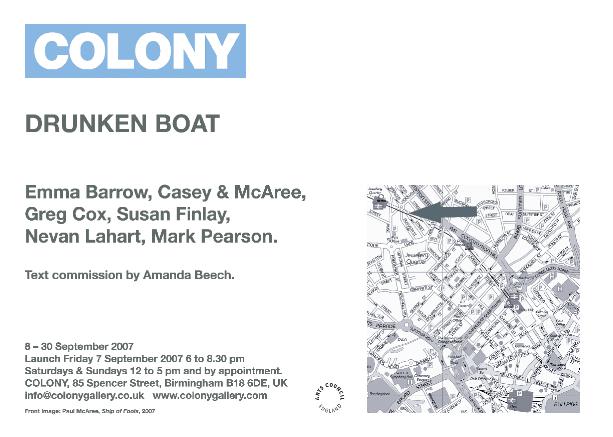DRUNKEN BOAT Emma Barrow, Casey & McAree, Greg Cox, Susan Finlay, Nevan Lahart, Mark Pearson. COLONY, BIRMINGHAM Exhibition 8 – 30 September 2007 PREVIEW: Friday 7 September 2007, 6 to 8.30pm In 1981, curator of Documenta 7 Rudi Fuchs wrote that he struggled to find a title for the 5 yearly showcase of contemporary art. He did say that they nearly called it Bateau Ivre (Drunken Boat), but decided to leave it untitled in the end, suggesting instead that the show should be witnessed and experienced uncoloured by suggestion. Le Bateau ivre (The Drunken Boat) is a verse-poem written by Arthur Rimbaud in 1871, which is considered to be revolutionary in its use of imagery and symbolism. The poem is arranged in a series of hexameter quatrains (25 in total) with an a/b/a/b rhyme-scheme. It is weaved around the delirious visions of a personified boat, lost at sea. We struggled to find a title for the show at COLONY, as per Fuchs’ predicament at Documenta, the struggle with the work very much became the struggle for the title, yet again. And in a nod to that period in art history and the artists involved, our Bateau ivre seeks to look at the legacy of artwork today and its possible interpretation and meaning. And with no small amount of irony, to compare these 6 artists to the 176 in Documenta 7, is very much a curatorial negation of importance and market values. Casey & McAree have installed a curatorial intervention across the 2 rooms at COLONY, creating a version in cardboard of Richard Serra’s Tilted Arc, here renamed Fucked Arc. Around and against this overpowering intrusion into the spaces, which has necessitated creating a new front door for the gallery, are installed 5 large and disparate sculptural works, here forced into a position of fighting – or not – for autonomy in the space that is left. Drawing attention at once to the autonomy of an artwork and its position within wider curatorial agendas, Casey & McAree seek to underline the basic predicament of an artwork within a gallery setting. Nevan Lahart’s large scale sculptural installations toy with art history, and with an audience’s expectations of an artwork. Encompassing television, the media, social and political perceptions and the history of art and life, Lahart is interested in the role of the Museum or cultural institution, and frequently uses humor and irony to negate cultural and artistic boundaries. Lahart often uses humble and cheap materials to create expansive installations and here creates a new piece for the gallery. Emma Barrow’s sculptures are conceived from the nature of their making. Inherent properties and features are exaggerated with aerosol to corrode and metallically metamorphose found polystyrene forms. Such applications produce uncharacteristic textures and the impression of weight. Whilst abstract in their compositions they assume both architectural and figurative references, as a result the work becomes unstable materialistically, a fragile remnant of a stable object or reference. Susan Finlay’s tenuous sculptural and installation works employ symbolic imagery juxtaposed with more abstract and formal elements. Referencing chance, magic, religious iconography, Eastern culture and Minimalism the elements within the works are composed formally in such as way as to create odd narratives. She employs a range of techniques and materials, oscillating between a lo-fi, often mocking construction and a precisely constructed format. Mark Pearson creates playful sculptural works, which are reminiscent of monuments and heroic sculpture. For Drunken Boat, Pearson presents Jungfrau and Funchbrau, the former being German for “virgin”, referring to the highest peak of a mountain of the same name in the Swiss Alps, whilst Funchbrau derives from the slang word ‘funch’ meaning to combine lunch and sex. Constructed from the found and the readymade, his narratives reflect mythological themes and macho pursuits. Greg Cox uses readymade objects such as furniture, crates and trolleys, which are characteristically discarded and worn, and indicative of different periods of manufacture. Through use of colour laminates and dissection he transforms these once functional domestic objects into minimal artworks and creates a tension between the familiarity of the wooden surface and the flat smooth space of the laminate. Individual fragments of a sideboard, strewn in the space, are left for us to re-compose and make sense of. The gallery leaflet features a commissioned text by Amanda Beech. Show ends Sunday 30 September 200 COLONY, 85 Spencer Street, Birmingham, B18 6DE Opening times Saturday & Sunday 12 to 5 pm and by appointment | 
